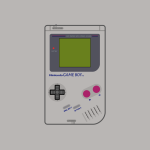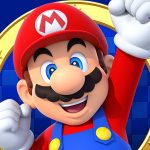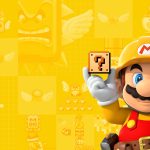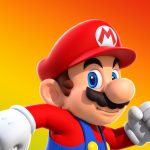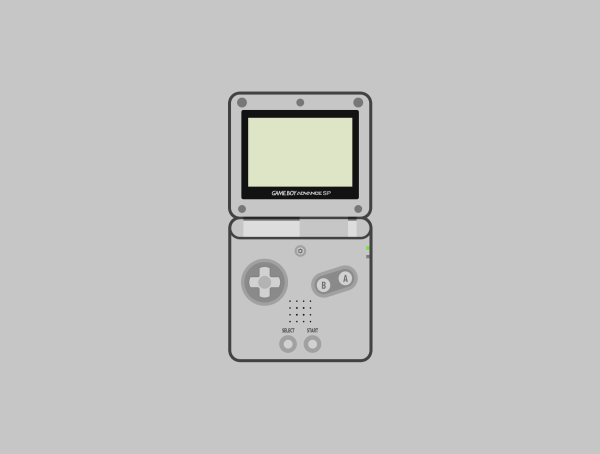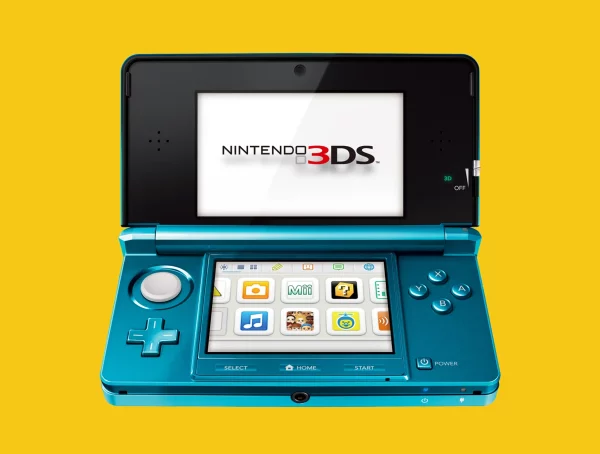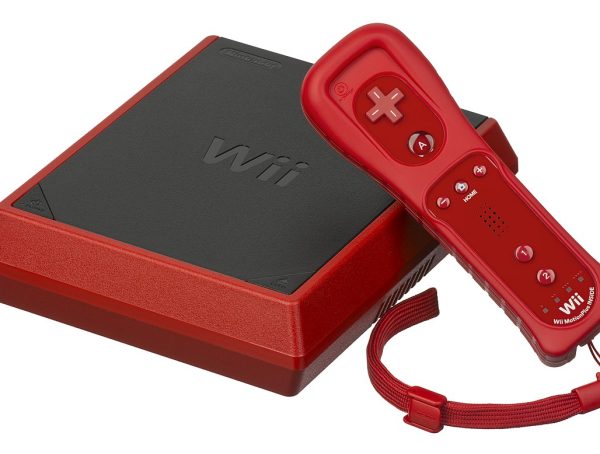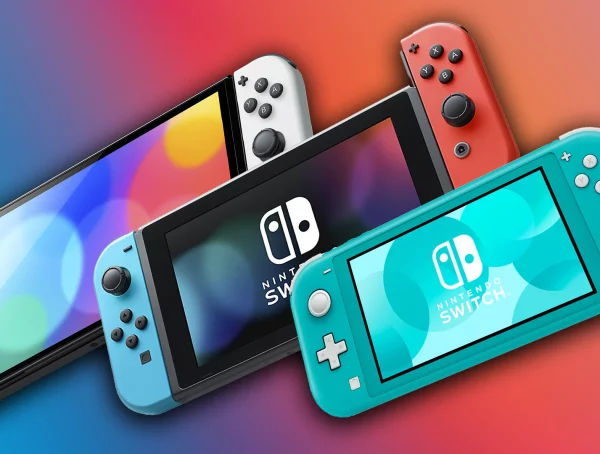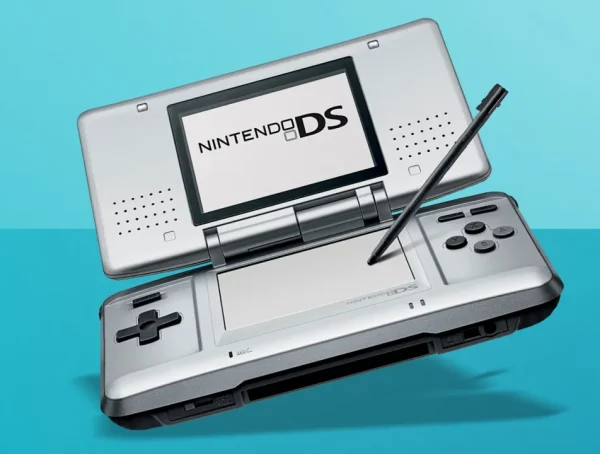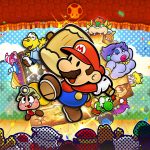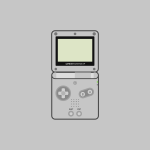The beginning, let’s play!
Do you remember the first time you turned on a Nintendo 64? That magical feeling of diving into a 3D world like never before, with graphics that were stunning for their time and sounds that defined a generation. The iconic startup sound, the innovative 3D visuals, and the bold controller design marked an era. In this article, you’ll dive into the complete journey of the Nintendo 64, from its development behind the scenes at Nintendo to its lasting impact on gaming culture. Get ready for a nostalgic trip full of curiosities, legendary games, and facts you might not know.
The Birth of the Ultra 64 Project
In the early ’90s, Nintendo had already dominated the market with the NES and Super Nintendo. But the arrival of the PlayStation and CD technology put pressure on the Japanese giant. For its next generation, Nintendo partnered with Silicon Graphics to develop what was initially called “Project Reality.”
In 1994, the system was officially named Ultra 64, and later rebranded as the Nintendo 64, referencing its powerful 64-bit processor — a major technical leap at the time.
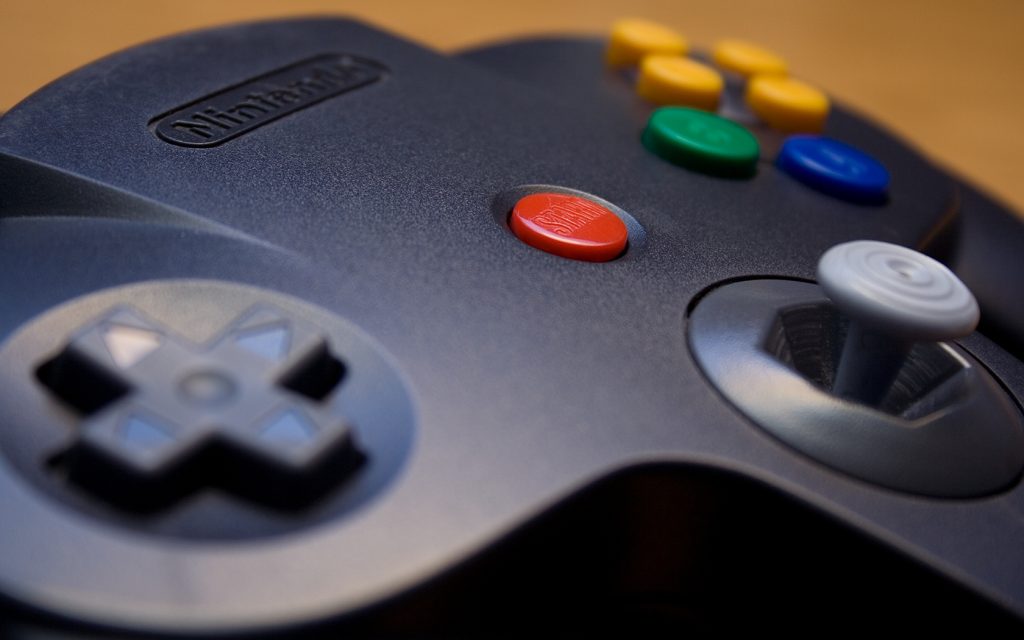
Launch and Reception
The Nintendo 64 launched on June 23, 1996, in Japan and on September 29, 1996, in the U.S. It arrived in Brazil only in 1997, distributed by Gradiente.
It launched with only a few games — including the groundbreaking Super Mario 64 and Pilotwings 64. Despite the limited catalog, the response was overwhelmingly positive: long lines at stores, supply shortages, and glowing reviews praising its graphical leap and innovative gameplay.
Unforgettable Games
The Nintendo 64 didn’t have the largest game library, but it featured some of the most influential titles in gaming history:
- Super Mario 64 – The first 3D Mario game, still a benchmark today.
- The Legend of Zelda: Ocarina of Time – Widely considered the greatest game of all time.
- GoldenEye 007 – Revolutionized the first-person shooter genre on consoles.
- Mario Kart 64 – The foundation for the modern franchise.
- Banjo-Kazooie, Star Fox 64, Smash Bros., Pokémon Stadium, and many others.
The unique three-pronged controller and its analog stick redefined how players interacted with 3D environments.
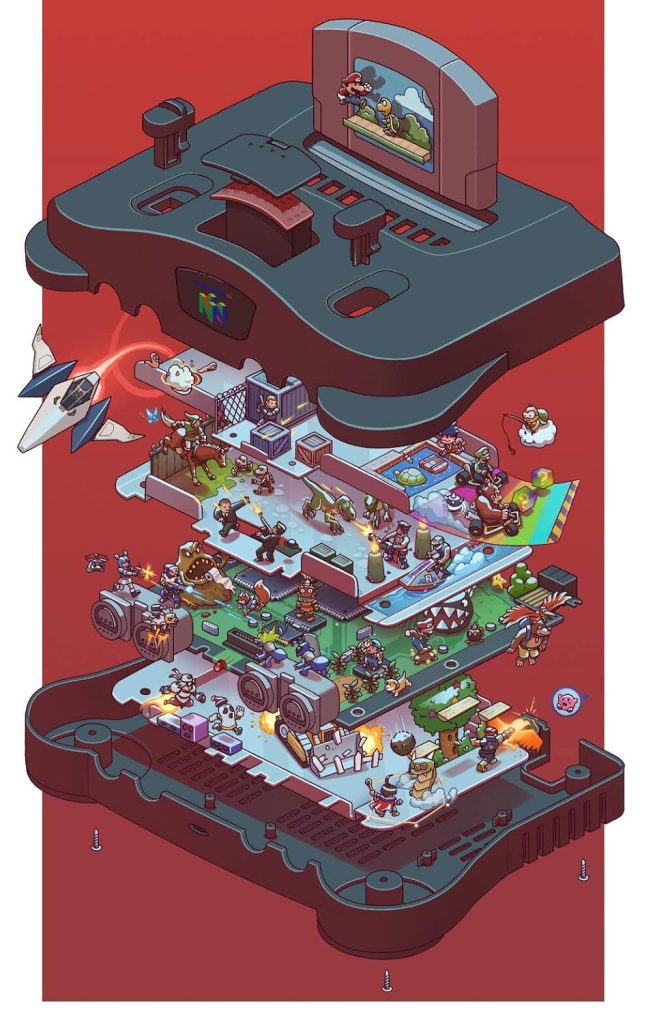
Technical Specifications Nintendo 64
Processor (CPU)
- Name: NEC VR4300 (based on MIPS R4300i)
- Architecture: 64-bit
- Clock Speed: 93.75 MHz
- Instruction Set: MIPS III with Nintendo’s custom extensions
Graphics Processor (GPU / RCP)
- Name: Reality Coprocessor (RCP), developed by Silicon Graphics (SGI)
- Components:
- Reality Signal Processor (RSP): Handles geometry, audio, and general calculations
- Reality Display Processor (RDP): Renders graphics (textures, lighting, effects)
- Max Resolution: Up to 640×480 (rarely used), typically 320×240
- Colors: Up to 16.7 million
- Color Depth: 32-bit
- Polygons per Second: Up to 150,000 (with textures and lighting)
Audio
- Audio Processing: Handled by the RSP
- Channels: 16 stereo channels, 44.1 kHz (CD-quality)
- Audio Types: PCM, ADPCM, MIDI-like (varies by game)
Memory
- RAM: 4 MB Rambus RDRAM (expandable to 8 MB with Expansion Pak)
- Bandwidth: 562.5 MB/s
- Expansion Type: Expansion Pak (required for some games like Donkey Kong 64, Perfect Dark)
Game Media
- Format: Cartridge (Game Pak)
- Capacity: 4 MB to 64 MB
- Pros: No load times, more durable
- Cons: Lower storage capacity, higher manufacturing costs
Controller
- Design: Three-pronged, ergonomic for multiple grip styles
- Analog Stick: 1 center-positioned analog stick
- Buttons: A, B, C-buttons (4), L, R, Z (trigger), D-pad, Start
- Expansion Slot: Supports Rumble Pak, Controller Pak, Transfer Pak
Connectivity
- Controller Ports: 4 built-in ports (no adapter required)
- Video Output: Composite, S-Video (via separate cable), RF (via adapter)
- Power Supply: External power adapter (15 V, 2.7 A)
Dimensions and Weight
- Size: Approximately 260 × 190 × 73 mm (10.2 × 7.5 × 2.9 inches)
- Weight: ~1.1 kg (2.4 lbs)
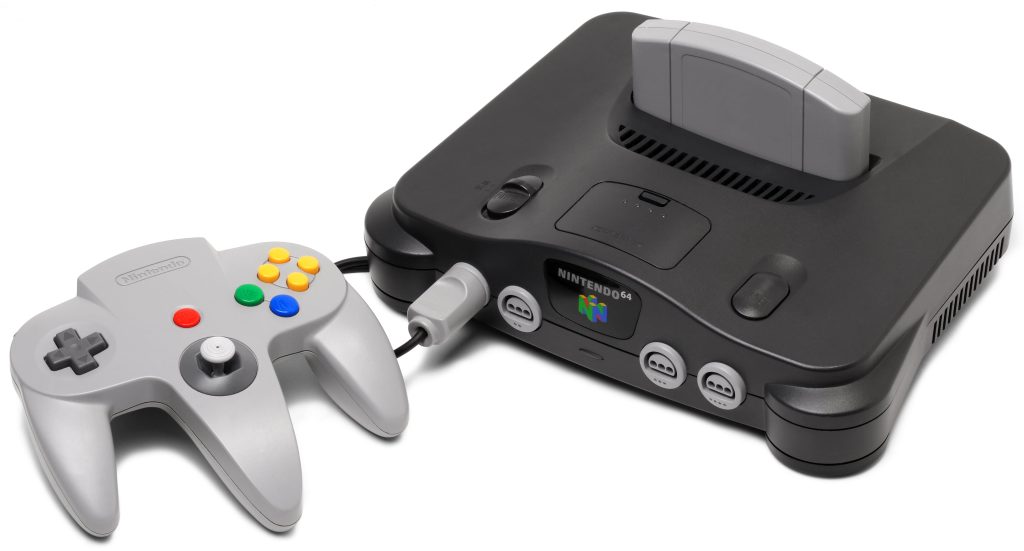
Behind-the-Scenes & Curiosities N64
- The name “Ultra 64” was dropped due to trademark issues in the U.S.
- Nintendo chose cartridges over CDs, which pushed developers like SquareSoft away — leading Final Fantasy VII to the PlayStation.
- It was Nintendo’s first console with fully 3D graphics.
- It was the first console to feature four controller ports out of the box.
- The Rumble Pak, released with Star Fox 64, introduced vibration feedback to controllers.
- The Nintendo 64 was the last of its generation to launch, but also the most anticipated due to its promise of the ultimate 3D experience.
The Legacy of the Nintendo 64
Despite selling around 33 million units worldwide — with about 20 million in the U.S. and under 1 million in Latin America (far less than the PlayStation’s 100 million), the Nintendo 64 left a powerful legacy:
- Set standards for 3D game design.
- Popularized local 4-player multiplayer.
- Created franchises and gameplay styles that still thrive.
- Its top titles continue to be re-released on modern platforms like the Nintendo Switch Online.
The console has become a cult object among collectors and Nintendo fans. Its legacy goes beyond sales: it shaped a generation and deeply influenced game development.
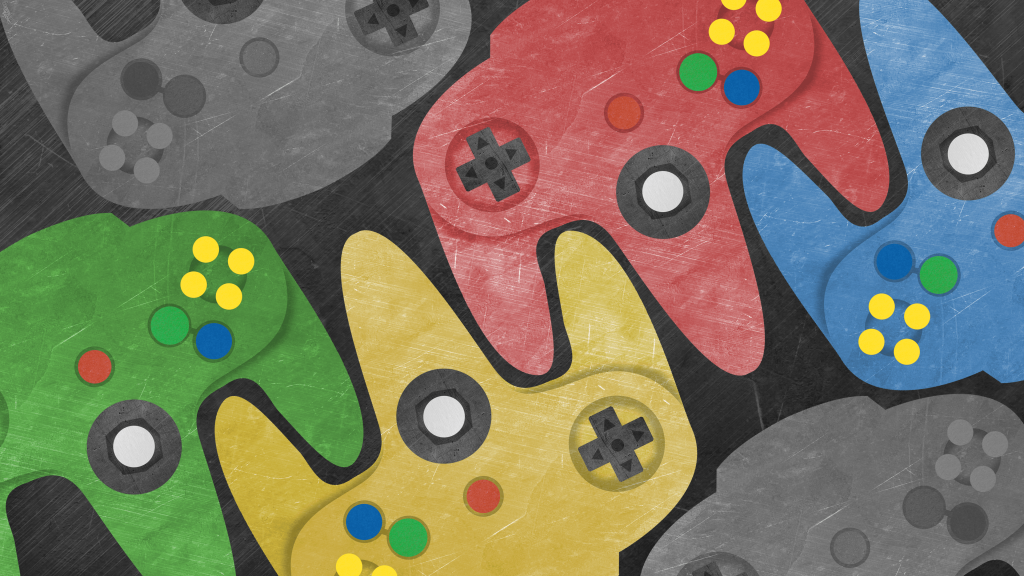
More than 64 bits
The Nintendo 64 was bold, innovative, and unforgettable. Even with its media and catalog limitations, it left a lasting mark with legendary games and timeless experiences. What about you — what was your favorite Nintendo 64 game? Let us know in the comments!
You might also like
More from CONSOLES
Nintendo Wii Mini: Complete History, Versions, and Specs (2012)
The Nintendo Wii Mini is a lesser-known variant of the highly successful Nintendo Wii console. Designed as a more affordable …
Nintendo Switch: The Complete History and Versions of Nintendo’s Hybrid Revolution (2017)
Introduction When the Nintendo Switch was launched on March 3, 2017, it wasn’t just a new console, it was a radical …
Nintendo DS: The Dual-Screen Revolution (2004)
The Nintendo DS, launched in 2004, marked a bold and innovative step in the world of handheld gaming. With its …
